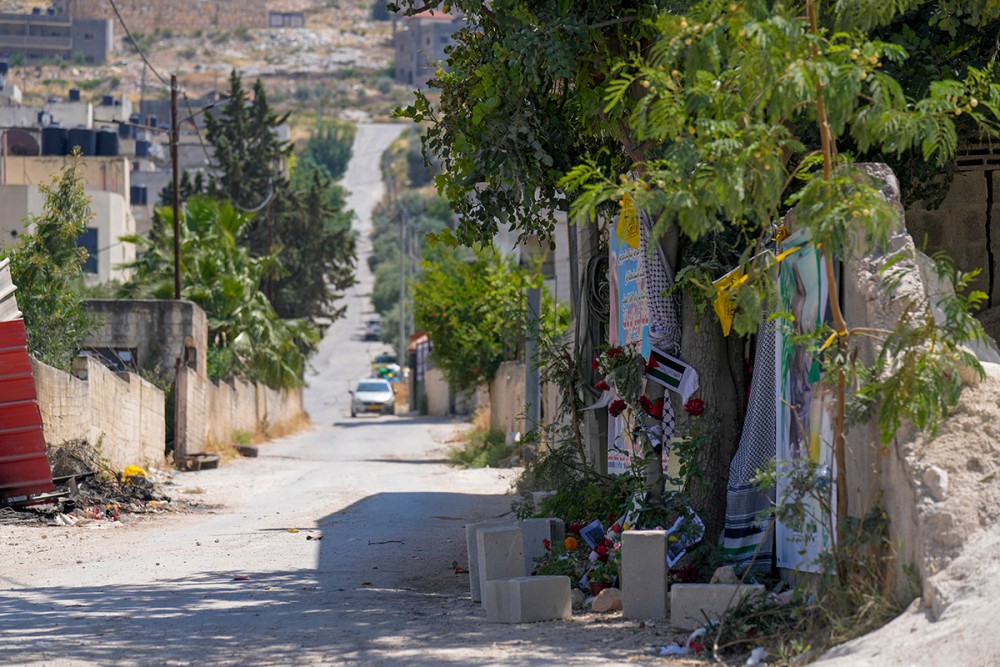The Palestinian refugee camp where journalist Shireen Abu Akleh was murdered
Why do these camps still exist? Who is responsible for keeping them safe?

Last month’s killing of Palestinian American journalist Shireen Abu Akleh in the Jenin refugee camp in the West Bank raises many questions. Was she deliberately shot by an Israeli soldier, as the BBC and CNN have reported? Was she targeted as a journalist? Would we know about her death were she not an American citizen? How does her Christian faith shape her legacy in the region where she died?
Beneath these questions loom broader ones. Why do Palestinian refugee camps still exist? Who is responsible for keeping them safe?
Jenin is one of 58 official Palestinian refugee camps in Jordan, Lebanon, Syria, the West Bank, and Gaza. Most began as tent camps for Palestinians fleeing their homeland after the Arab-Israeli War ended in 1948. International aid poured in; schools and clinics opened up; water and electricity were supplied.




